The signs of love.

The Dirac equation
This is the Dirac equation, and it's the most beautiful in all of physics. It describes the phenomenon of quantum entanglement, which states that if two systems interact with each other for a certain period of time and then separate, we can describe them as two distinct systems, but in a subtle way, they become a single system. What happens to one continues to affect the other, even at distances of kilometers or light-years.
This is quantum entanglement or quantum connection. Two particles that were once connected remain somehow related. The distance between them doesn't matter, even if they're at opposite ends of the universe. The connection between them is instantaneous.
It's the same thing that happens between two people when they are united by a bond that only living beings can experience. This is how the relationship we call LOVE works.
Although the mystical roots of the infinity sign date back to Tibetan and Indian cultures, it is best known for its origins as an infinite sum in mathematics. It comes from the Latin infinitas, meaning "unlimited." The infinity sign, as we know it today, was discovered in 1655 by mathematician John Wallis. Wallis coined the term to represent a number without end, one that is infinite.
Infinity, as a representation of strength and eternal love, is also found in the Celtic cross, whose shape, inspired by the infinity sign, symbolizes spiritual love. Finally, in ancient Egyptian culture, the Ouroboros depicts a snake biting its tail: this represents the relationship between beginning and end—one cannot exist without the other, thus creating an eternal circle.
The Infinite today
It's no wonder that many organizations have embraced the infinity symbol, whose roots embody the concept of that which has no end, that which is eternal and therefore indestructible, and use this representation of enduring and resilient strength.
In ancient times it was customary to look at the Sun every day from the same place and, after recording its position for a year, it was possible to observe that in its trajectory it draws a kind of 8, a phenomenon known as Analemma.
What we can say is that the symbol of Infinity or Lemniscate is very present in our days.
If, as many of us believe, chance doesn't exist, then "Causality" is perhaps another symbol of the new humanity's awareness. This is the wonderful power of symbols, the union of collective and individual consciousness. and even more Undoubtedly associated with the number 8, if we turn to the symbolism of this number we find that it is a symbol very present in different traditions and cultures, with an equivalent meaning:
- In the East we find the 8 petals of the lotus flower, or the 8 arms of Vishnu.
- For Christianity, 8 represents the Resurrection, while for Martinism it is the number of Christ.
- In Numerology, the number 8 refers to the Universal Law of Cause and Effect, which tells us “Every action has a corresponding reaction in the same direction and with the same intensity.”
- In the Tarot, represented by the card of STRENGTH, it indicates self-conquest, the empowerment of one who balances their conflicting internal forces.
The heart
This is the quintessential symbol of love, as it is the organ of the body associated with this feeling, because when seeing the person you love, it stirs and begins to beat more strongly.
The Egyptians are said to have been the first to depict the heart as the source of emotions. They knew this organ was of great importance and believed it was the residence of the soul and mind. They even believed that when someone died, the heart was weighed during the final judgment to determine whether the person had had good emotions and led a virtuous life.
Other versions suggest it originated in Africa, as merchants traded in silphium, a very rare plant that is now extinct. It was initially used to season food, but when it was discovered that it could be used as a contraceptive, sales doubled. It was a pod that looked very much like a heart.
On the other hand, rather than a representation of the human heart, historians agree that the symbol's origin is vegetal. From 3000 BC until the Middle Ages, the figure of the heart referred to the leaves of a very long-lived and resilient type of ivy; it was depicted on vases, murals, and tombs to represent life beyond death. When courtship as we understand it today emerged, lovers were depicted alongside this ivy, whose leaves changed from green to red over time, to represent eternal love. Beginning in the Renaissance, the symbol gradually lost its vegetal origin and merged with the silhouette of the human organ, considered by Western cultures to be the physical core of passionate love. Thus, spiritual transcendence and physical power became associated in a single symbol with simple and evocative forms, becoming the universal symbol of love.
Cupid
Cupid, or Eros, is the Greek word meaning "desire." This character from Hellenistic mythology is the son of Aphrodite, the goddess of love and beauty, and Ares, the god of war. He is almost always depicted as a winged boy or man, with a bow and arrow, and sometimes with a blindfold to indicate that love is blind.
In Roman mythology, Cupid represents love and is undoubtedly one of the most well-known beings in the world.
In Greek etymology, its name means: desires, longings or passion.
There are many versions about Cupid's birth, however, the most reliable comes from the poet Simonides of Ceos. According to his version, Cupid was born in Cyprus, like his mother, who had to hide him in the forest because Jupiter wanted to kill Cupid, convinced that his birth would bring catastrophe and chaos to life on Earth. In the forest, Cupid was suckled and raised by nymphs, who created him wild and free. His mother, who did not dare keep him with her, gave him a bow and two arrows: one was made of gold, with which he could grant love, and the other was made of lead, with which he could spread ingratitude and hatred. He was also granted permission that neither gods nor mortals would be immune to his arrows.




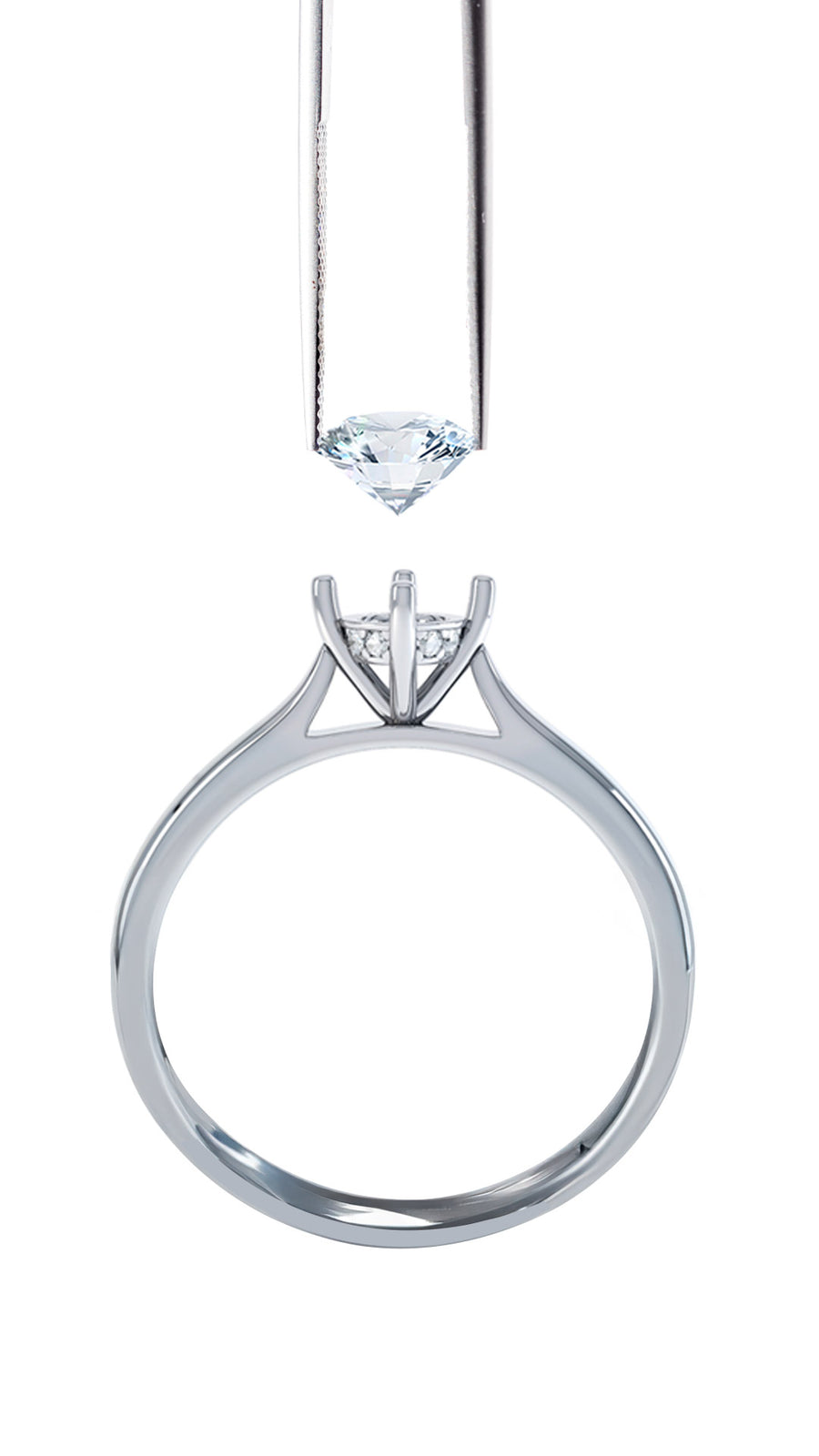
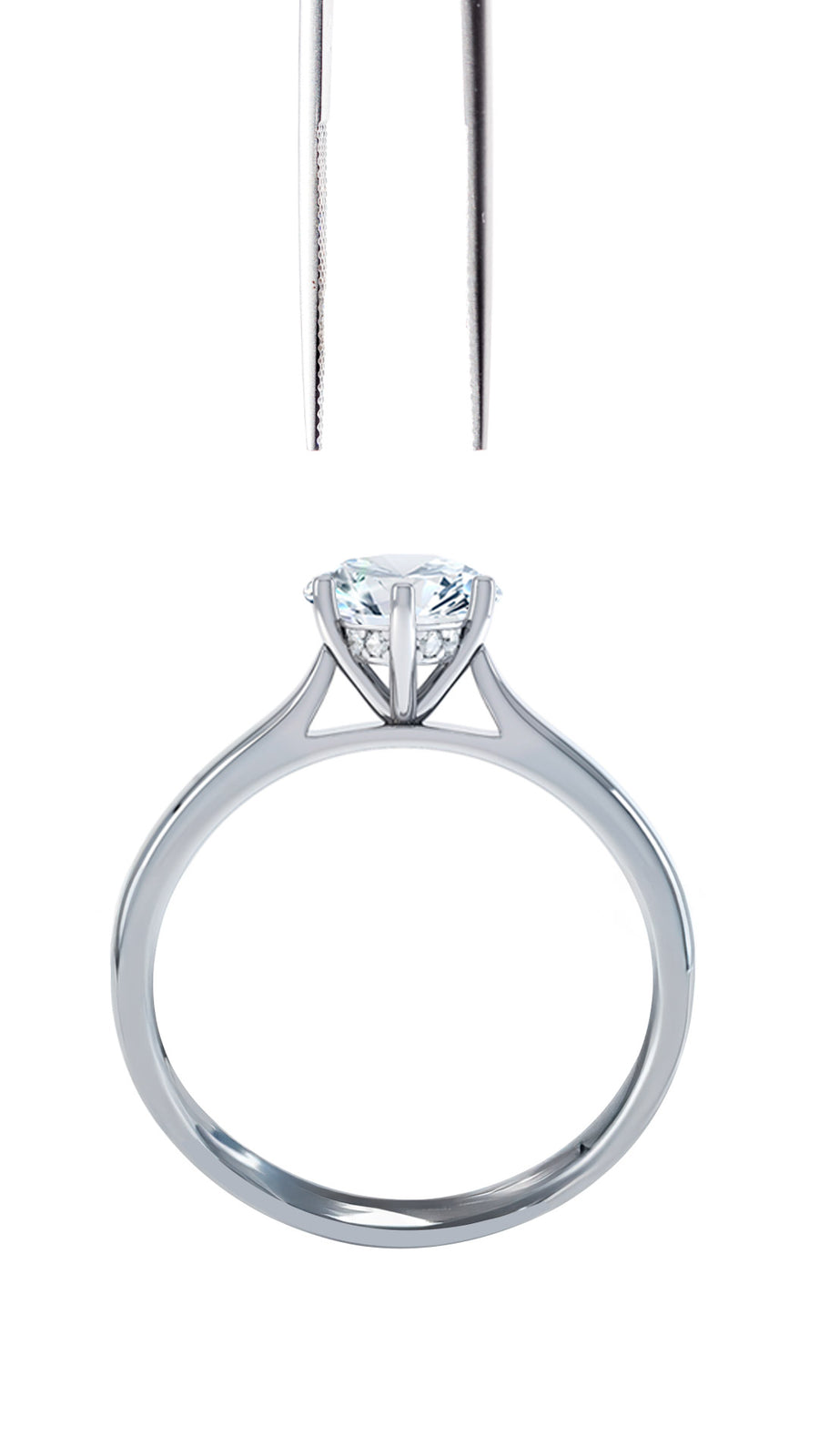


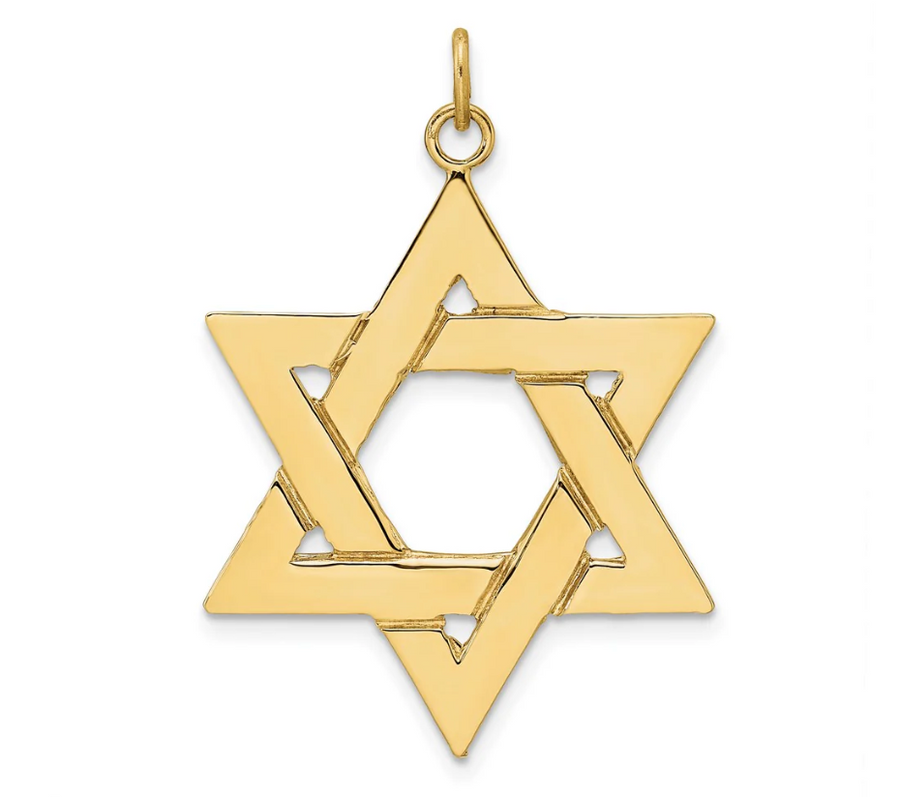
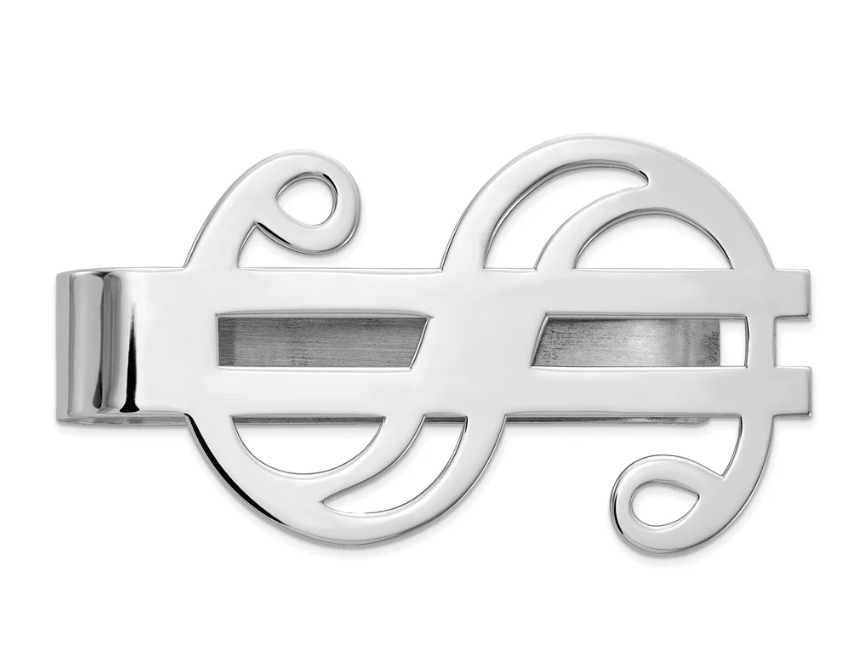




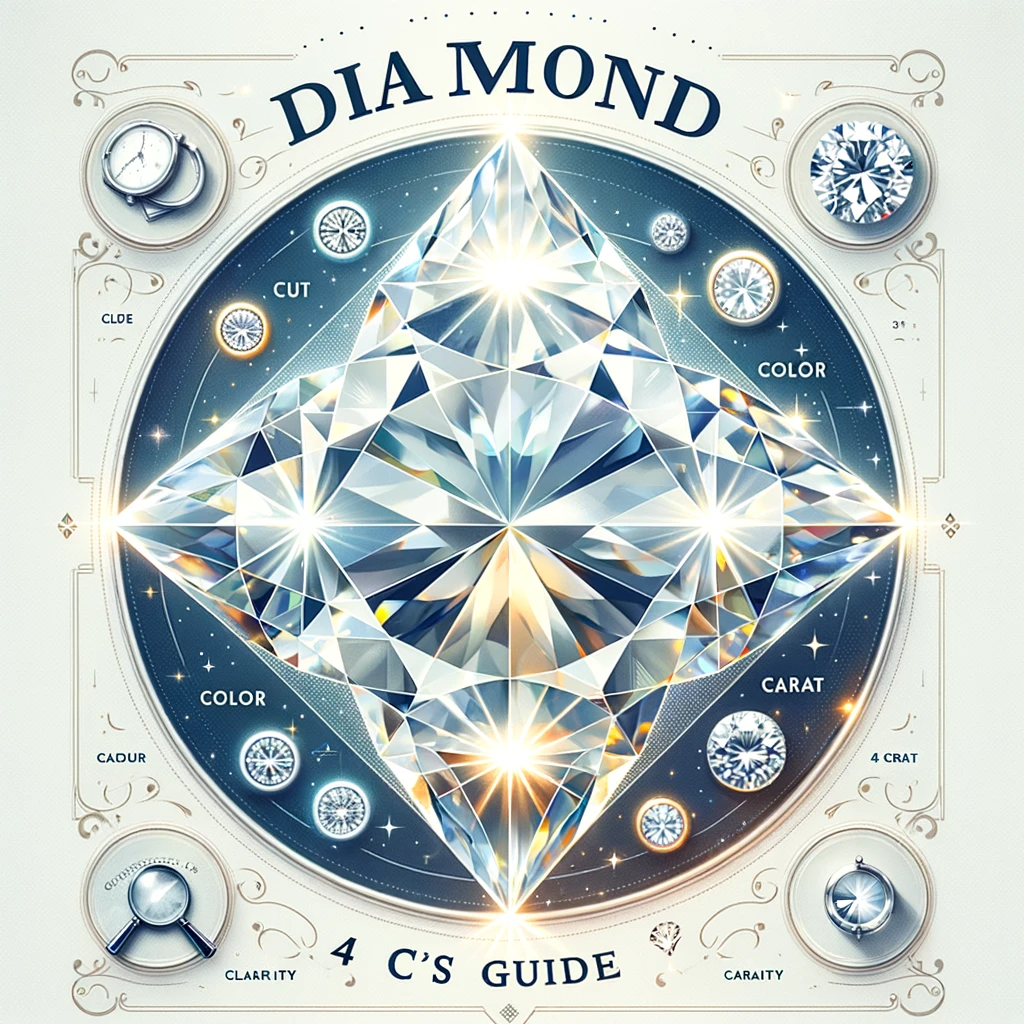


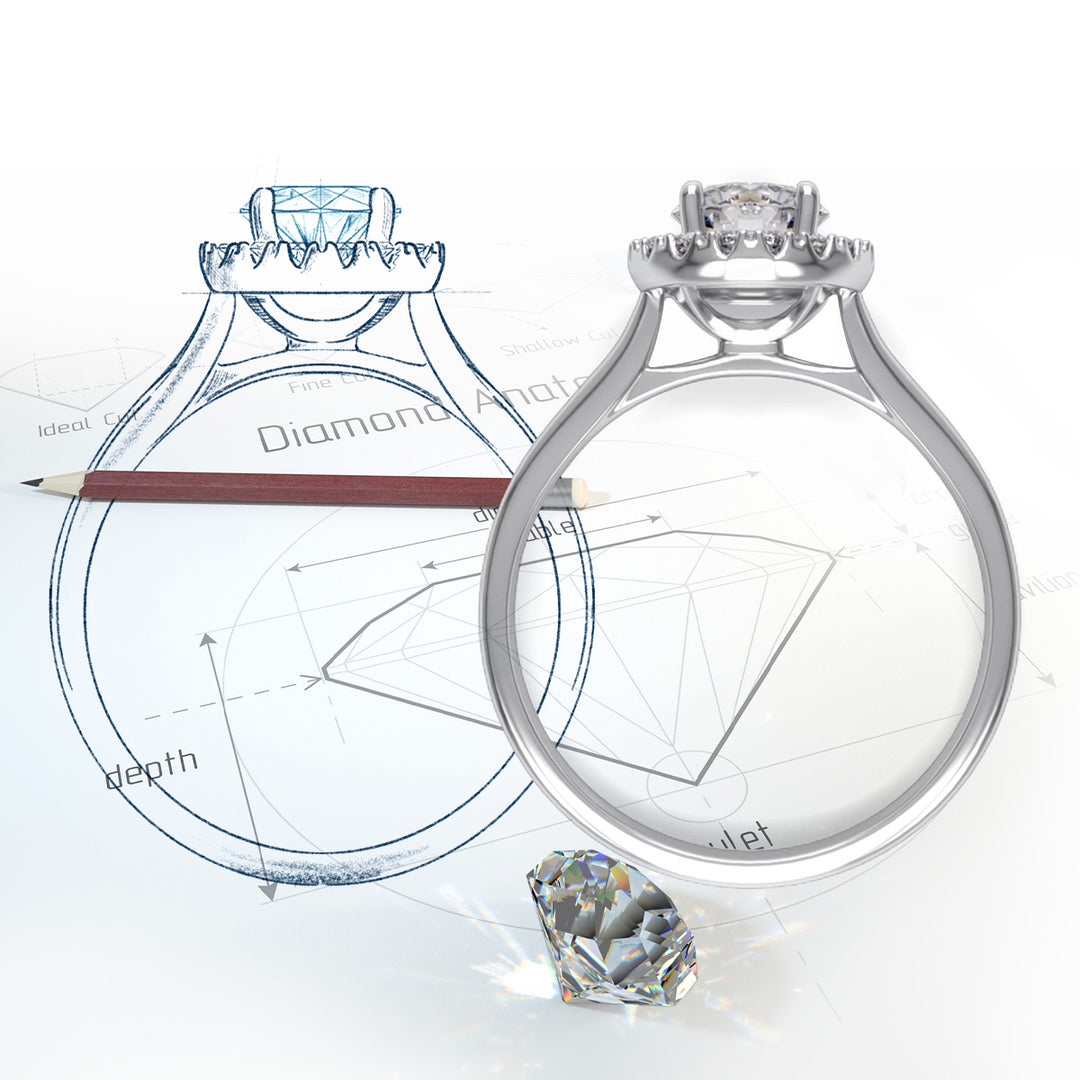

Leave a comment